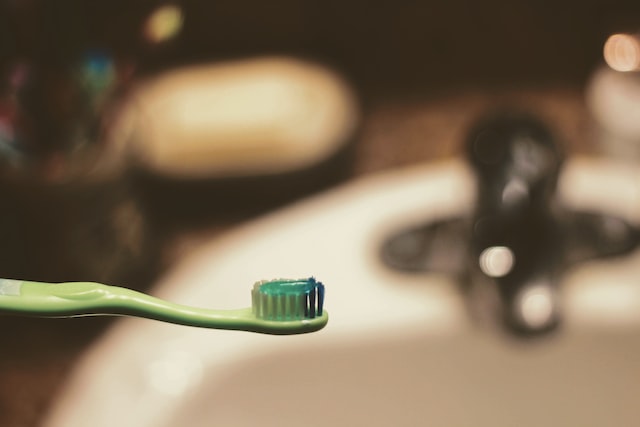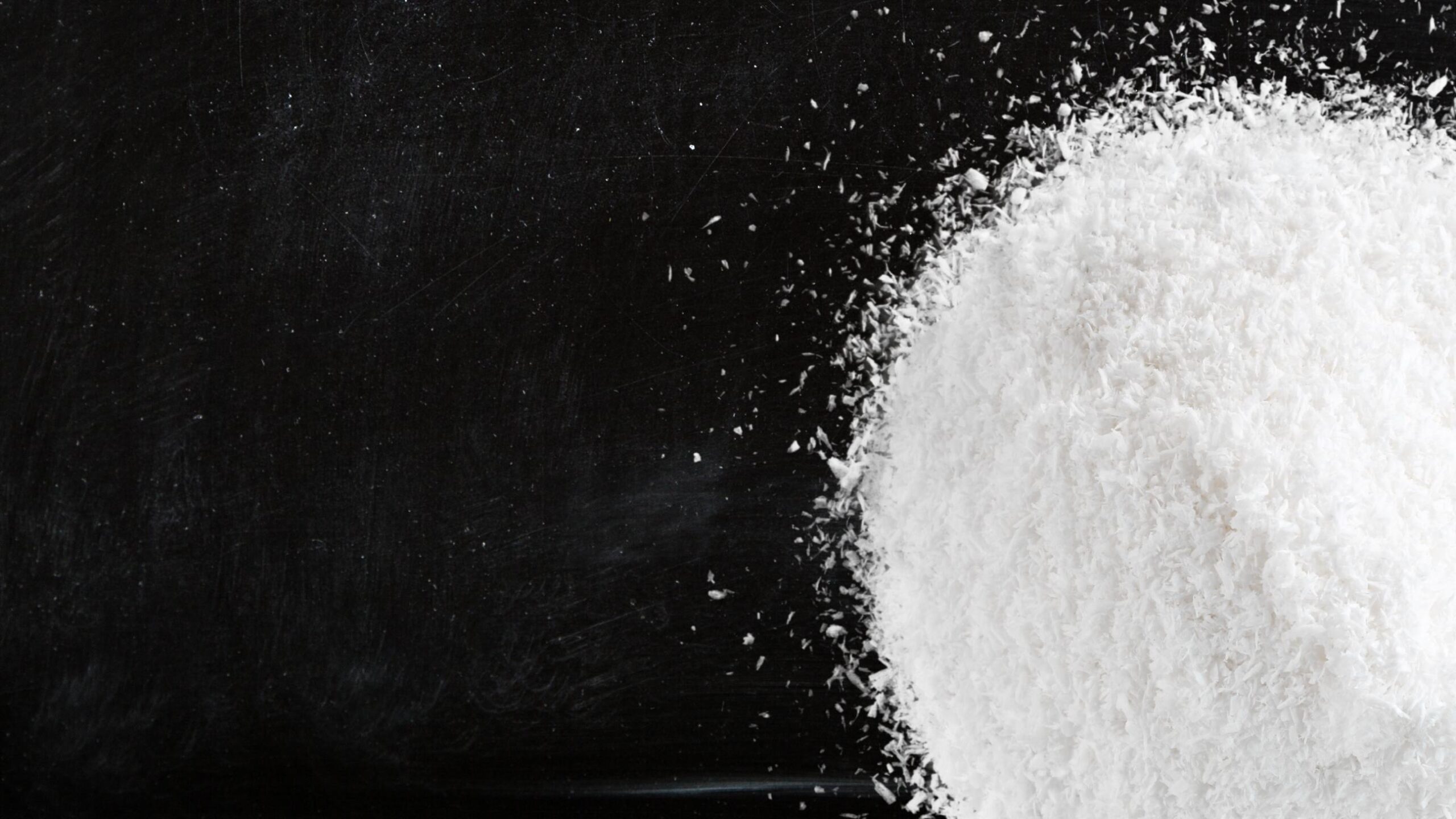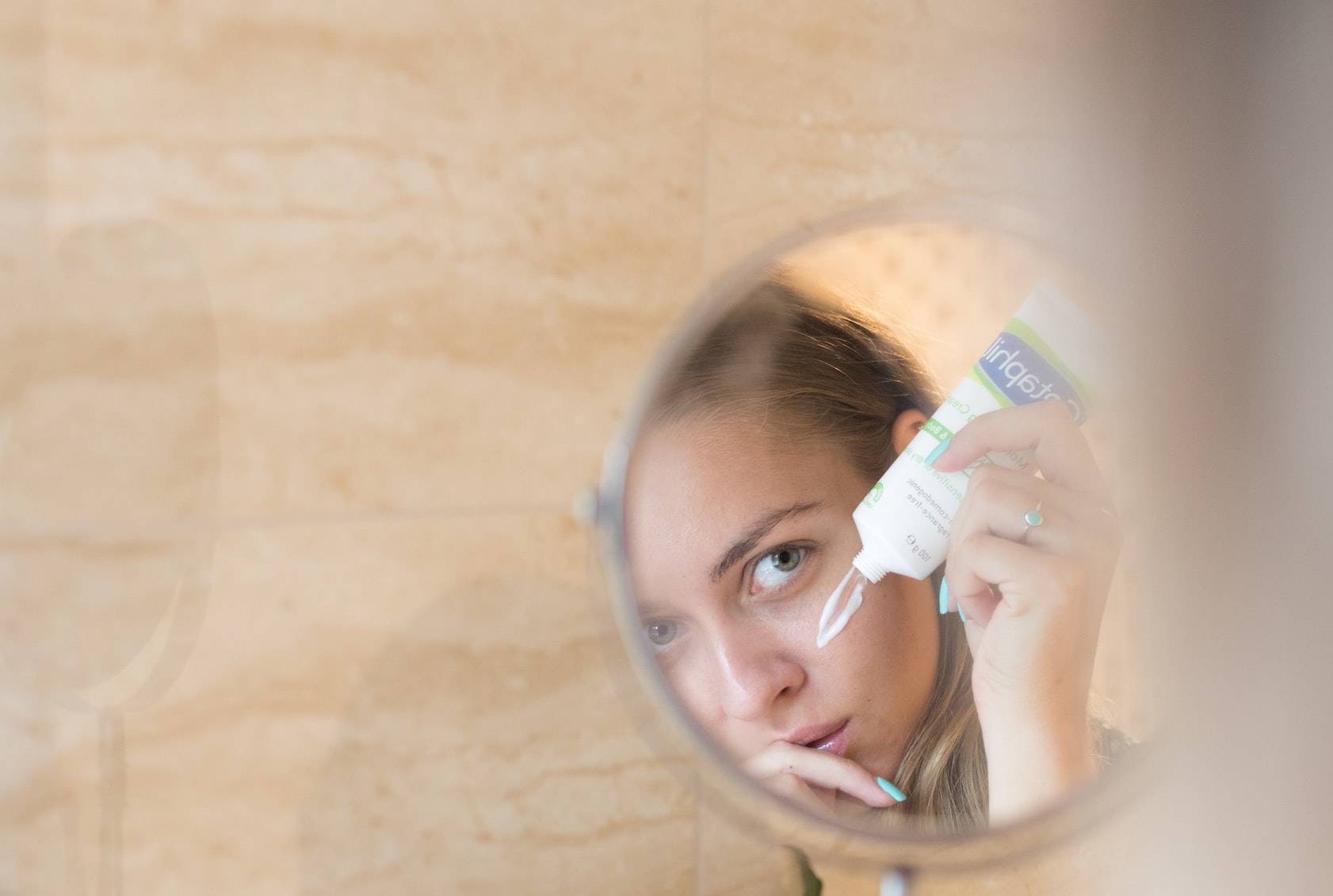The Scientific Advisory Group on Chemical Safety in Consumer Products (SAG-CS) is acknowledged as the UK’s counterpart of EU’s Scientific Committee on Consumer Safety (SCCS). GAC-CS assesses the chemical and biological risks of non-food and non-medicinal consumer products, including cosmetic products and their ingredients, and offers scientific opinions to the UK’s Office for Product Safety and Standards (OPSS).
The UK’s SAG-CS has recently published its final opinion on the use of Kojic Acid in cosmetic products.
BACKGROUND
Kojic Acid is a natural product derived from fungi and is largely used as a skin lightening/whitening or depigmenting agent in cosmetic products through action as a tyrosinase inhibitor. Such products are predominantly leave-on hand and face creams with concentrations of Kojic Acid in such products generally in the range of 1-4%. Kojic Acid may further function as an antioxidant, a bacteriostat (prevents the growth of bacteria), a metal chelating agent and an intermediate in chemical synthesis.
Kojic Acid has been reported to interfere with iodine uptake, resulting in altered thyroid function in rodents.
Kojic Acid is not currently regulated under the UK Cosmetic Products Regulation.
WHAT’S NEW?
SAG-CS Members agreed that Kojic Acid is safe for use at a maximum concentration of up to
1% in face cream (including application to neck) and hand cream.
References:






